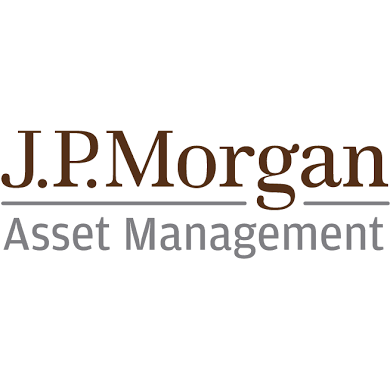JPMorgan American IT PLC (LON: JAM) large-cap portfolio will reflect the best growth and value ideas from the “Equity Focus” team in New York. As such, JAM’s new portfolio will be significantly more concentrated. To some extent, this change reflects an extension of the portfolio changes which were made in 2017, encouraging the previous manager to increase concentration in the portfolio, but also to run winners longer.
JAM is one of few trusts focused on North America to have outperformed the benchmark over the short, medium and longer term. However, given the board has been consistently buying shares back, it has taken a proactive move to make the trust more interesting and/or relevant to today’s investment trust buyer by modifying the strategy.
The key changes to the portfolio will be that each stock will reflect the best ideas from two co-managers who have worked together for over 20 years, and together run JP Morgan’s Equity Focus Strategy, who each have very different growth and value stock selection styles respectively. The split between growth and value is expected to remain fairly evenly balanced over time, but never more than a 60:40 tilt either way.
Each manager has ultimate decision-making authority over their stocks in the portfolio, but at all times must have between 10 (minimum) and 20 (maximum) holdings at any one time. Position sizes are related entirely down to conviction levels, rather than any other considerations (benchmark constituent etc). Importantly, both managers in the past worked alongside and contributed to the management of JAM as a closed-end vehicle, and so the ins-and-outs of trusts, boards and the subtleties of managing a trust versus an open-ended fund.
In other respects, JAM remains the same in terms of it’s objective, and positioning. The trust aims to achieve capital growth, and is expected to provide a ‘core’ exposure to North American equities.
Since 2011 (when the JPMorgan Equity Focus SICAV launched), JAM’s previous manager outperformed peers, but marginally lagged the S&P 500. It is noteworthy that the new strategy has outperformed both, and without any gearing. The historic performance shows that the new strategy represents an evolution rather than a revolution to the returns that shareholders have come to expect from the trust.






































